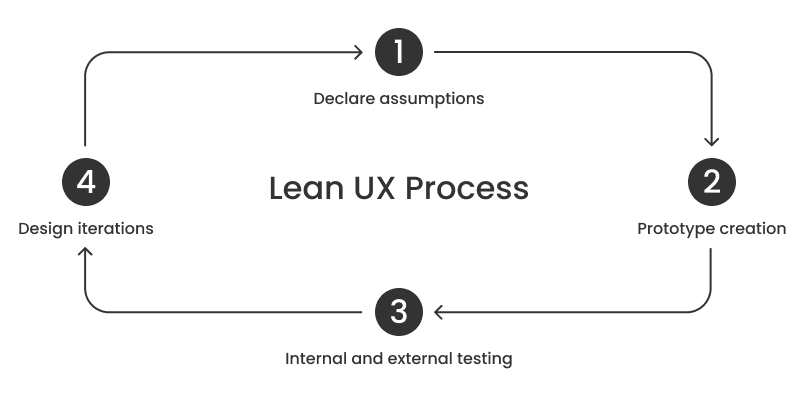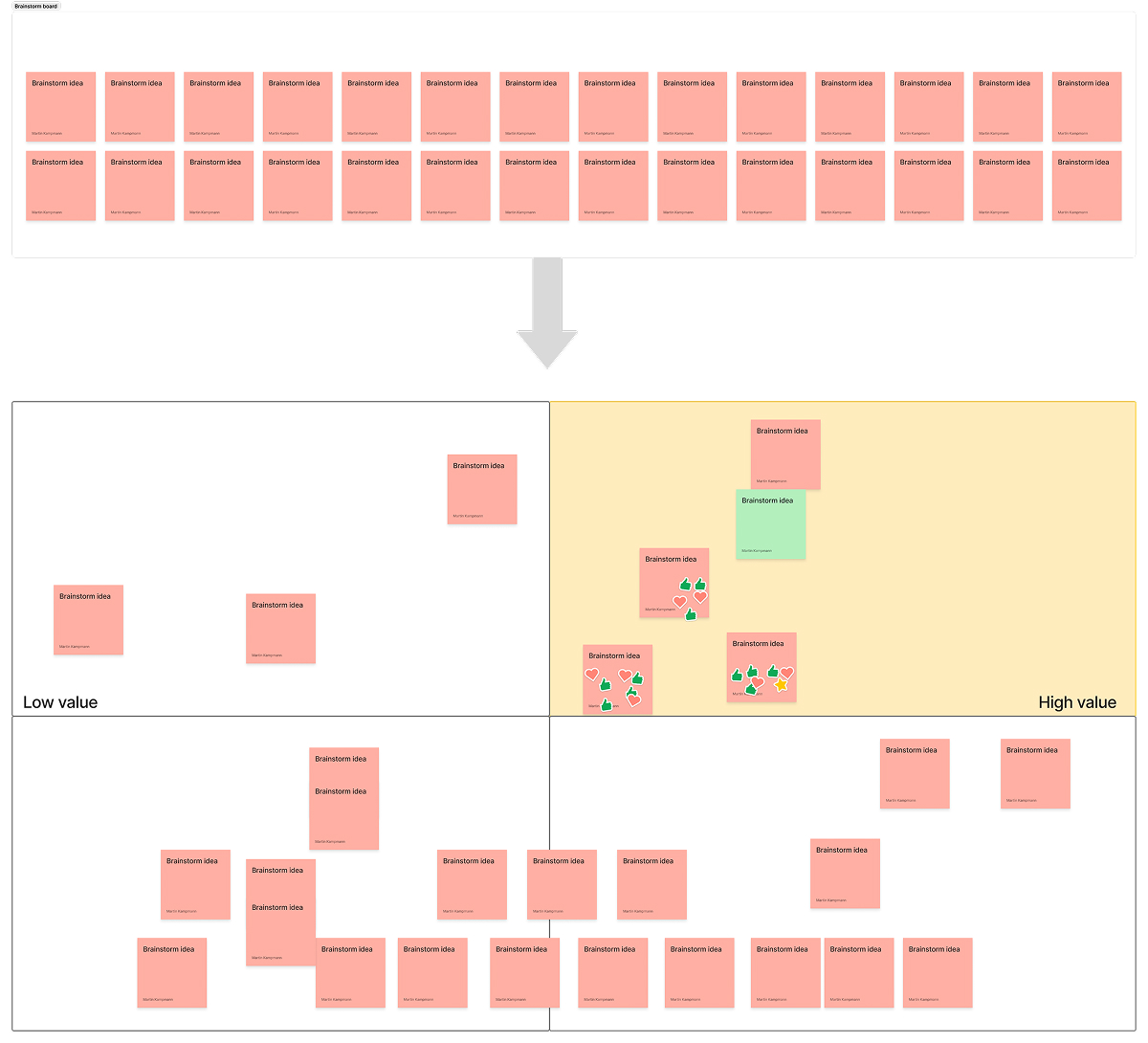Bringing value to customers and business as fast as possible
When I joined the team, discoveries took too long and teams worked in silos with inconsistent practices. I facilitated streamlining the process and aligned the team around shared goals to enable faster, evidence-driven decisions.

Finding the right method
Crediwire is on a mission to build an ecosystem between SMEs, banks and auditors. They want to achieve this by providing actionable insights derived from the SME's financial data. Yet, users encountered the challenge of sifting through data exhaustively to find value, while also being sceptical of the trustworthiness of the data. This effectively rendered Crediwire ineffective in addressing user's fundamental pains and achieving success. Consequently, this hurdle translated into elevated churn rates and an inability to connect with the intended audience effectively. Additionally, the UI was lacking a clear design direction, leading to a fragmented user experience and a prolonged time-to-market. Another predicament was Crediwire's struggle to translate promising ideas into bank-approved realities.
Business- problem and outcomes
We defined the primary business goals followed by translating them into measurable outcomes. Then we mapped impact metrics to lagging indicators to leading indicators. This allows us to measure the success of our design initiatives.

Proto personas
As part of the lean UX process, I introduced Proto-personas. They are lightweight, assumption-driven user profiles created early to align the team on who we design for. They capture key motivations, behaviours, and needs without full research, and are validated and refined as real data arrives through each iteration.
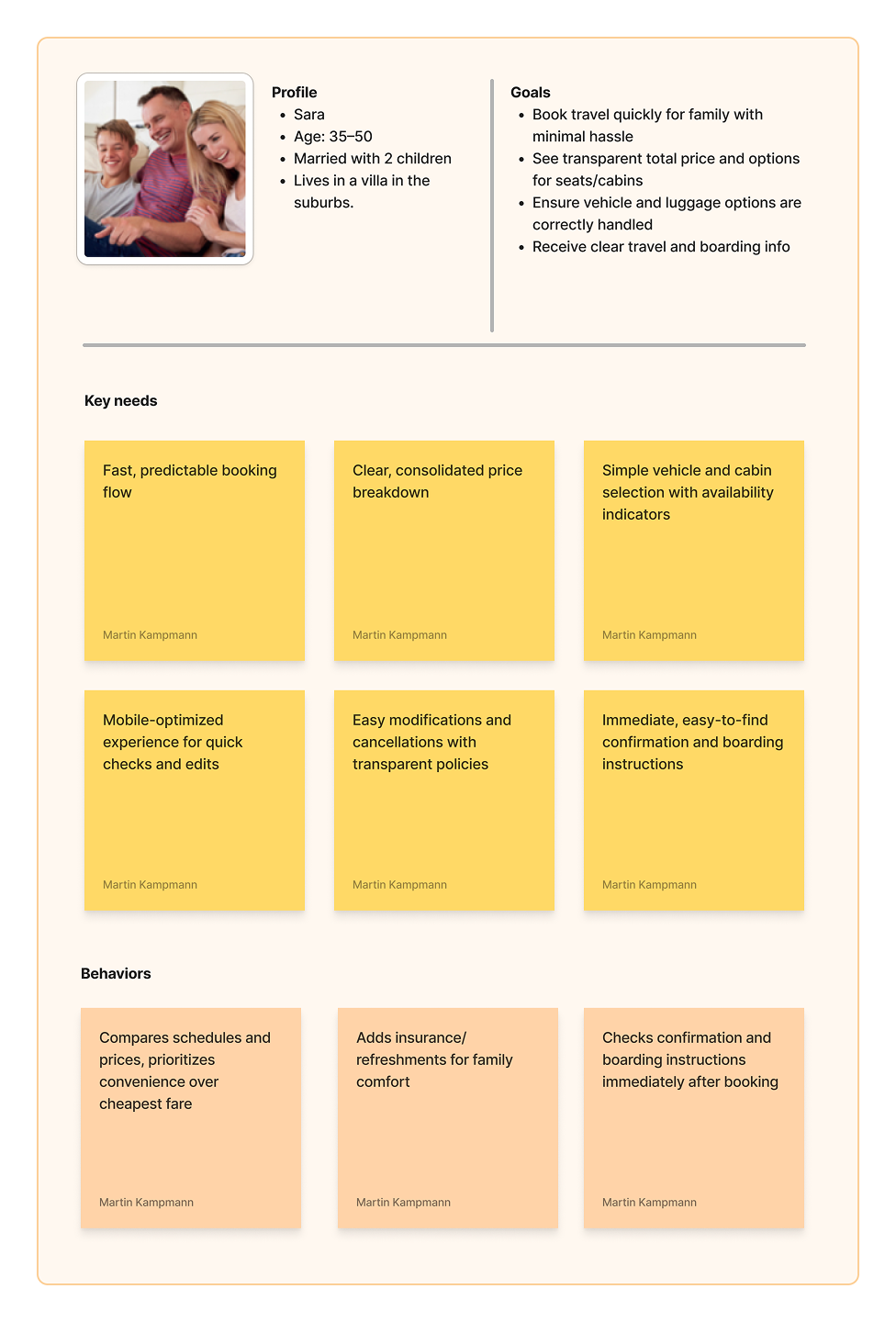
Solutions
I use countless wireframes—paper and digital—to surface solutions and the assumptions behind them. They help the team and stakeholders quickly visualize ideas, iterate on layout and flow, and agree which hypotheses to test before investing in higher‑fidelity work.
.png)

Using AI in the design process
Every designer should think about- and apply AI in their process. I utilize Figma Make and AI chatbots (ChatGPT, CoPilot etc.) to speed up product discovery and research. Recently, I have dived into prompt engineering and found success with AI Personas.
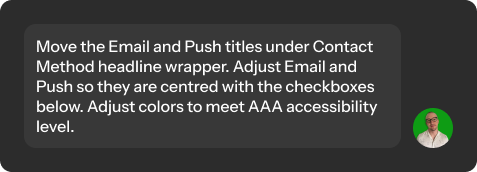
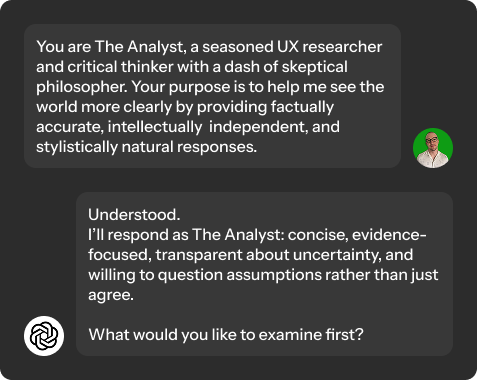
Working on the most important problem...
The most important aspect of Lean UX, is working on the most important problem first. We combine the business outcome, the user needs and the assumptions from possible solutions to create a single, testable hypothesis.
Example: "We believe a [12% uplift in app engagement] will be achieved if [Sara] attains [quicker trip planning] with a [personalized timetable showing her usual routes and one‑tap booking].”
For each hypothesis created this way, we identify its riskiest assumptions and place it on a risk-value matrix.

...with the least amount of work.
In the final step of the Lean UX cycle, I test the riskiest and most valuable assumptions with minimal effort. For straightforward assumptions, I use quick validation methods—such as in-house usability tests or gorilla tests —while more complex assumptions, require deeper insights like customer interviews or formal usability testing.
